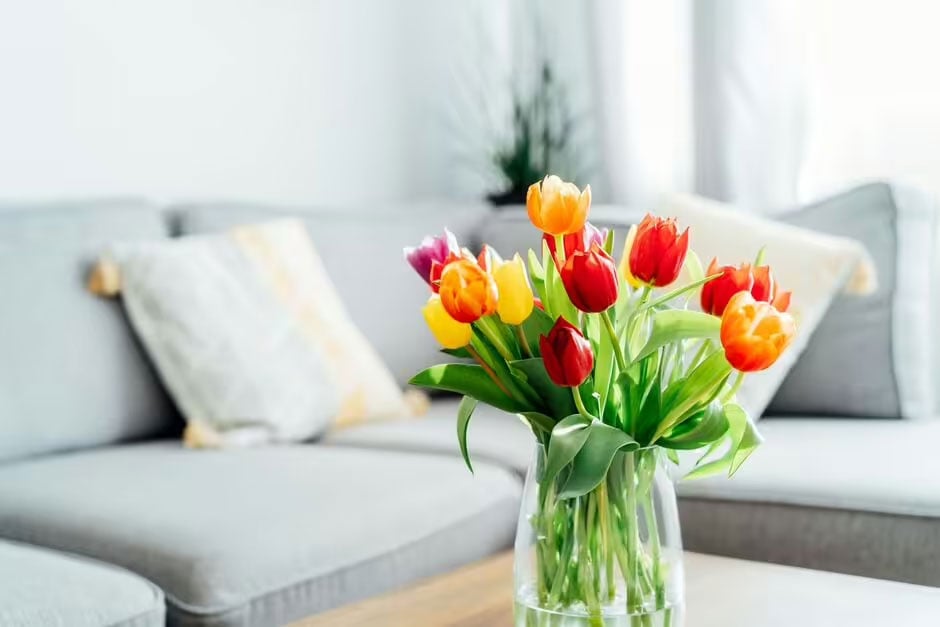5 min read
Harnessing High Search Volume Keywords for Maximum Impact
Discover the power of high search volume keywords and how to effectively use them to boost your online presence and drive maximum impact.
4 min read
.jpg) Honcho
:
Jul 9, 2019 8:16:53 AM
Honcho
:
Jul 9, 2019 8:16:53 AM
Tracking the success of marketing campaigns is often a number one priority for retail companies. Retaining data to understand and measure the impact of a certain strategy gives insight into what works and what does not work for a company, while also providing a powerful reporting functionality.
By living on social media platforms, such as Instagram, Facebook, and Twitter, influencers are able to interact with thousands of people with each post. Consumers trust media influencers because they build trust with them over time and can identify with them on a personal level.
But it is quite difficult to measure the impact a social media influencer may have had on a sale that took place in a brick and mortar location. Or even directly attribute the touch points that a customer has with marketing before they make a purchase. Honchō’s Digitial PR and Outreach experts have put together the tips and tricks of Google Analytics and UTMs for you to action today.
Make sure you check out the 14 elements every successful outreach campaign needs, to ensure you are getting the most out of your influencer marketing strategy.
Googles Analytics (GA) works in real time and can be connected with your other Google products, such as Google Adwords. This causes for synergy between different sources of data, leaving you with an omnichannel of campaign data, consequently, there are a massive variety of tracking options in Google.
An easily measurable view is the amount of traffic a particular influencer brings to your website. To do this:
In your Audience view go to “Add segment” select “+New Segment” Under Advanced select ‘Conditions’ and search for ‘Source’ select that then, in the next box select “contains” and enter the URL of your influencer. Give your segment a name and save it. The summary pane on the right will show you if your segment would have contributed to any traffic historically so you’ll know if the segment you just created works.
1. Audience (left hand side of screen)

2. +Add segment

3. Go to Conditions under ‘Advanced’. Select source in the filter, add ‘contains’ and add your influencer URL

You can create individual segments per influencer URL or group them. Some useful segment views would be by blogs or social channels.
So, now you have all your juicy data to show how well your influencers have been doing, how do you present this data? Presenting messy quantitative data can make any marketing expert want to turn away. However, GA provides a neat and concise way to properly display your data. You just need to know where to start:
Create reports for the top landing pages of your websiteThis view the first page the people land on your site. Understanding how your top landing pages are behaving online is incredibly valuable because you can discover which pages are performing well and those that need extra attention.
The landing page tab can be found on the left side panel. Go Behaviour, then ‘site content’ and then hit landing pages.
A UTM code is a snippet of simple code that can be added to the end of URLs to track the performance of campaign content. Furthermore, dimensions that are being tracked with UTM codes are also found within GA, so Google likes this in order to keep the full measurement of your content.
A UTM code can look like this:
SSL Certificates
The code tracks variables such as content, traffic source, and traffic campaign, to name a few. Simply put, it only serves one purpose: to track the source of your traffic.
In this sense, the code does not affect your URL. The URL will load and act the same way with our without the code. Therefore, it is a handy way to keep track of what traffic is coming to your site without creating any issues on the URL.
So when it comes to influencer marketing, adding a UTM code to URLs that hold content of the influencer is super useful for measuring the impact.
These variables of influencer marketing come with the UTM parameters, which we have listed for you here:
1.Traffic source – where the traffic has originated from. If your influencer links to your website on their Instagram, this UTM code can track how much of your traffic has come from that Instagram engagement.
2. Medium – what type of traffic is coming to your website. This can include social, referral or CPC traffic. Again, knowing where the influencer is engaging with the user can be tracked with the type of traffic coming to the website.
3. Campaign name – this is useful for differentiating your different campaigns. For example, if you have conducted an influencer campaign through social platforms and through an email campaign, you can track a specific campaign without the confusion of overlays.
4. Content – what link is clicked. This is very important for an influencer marketing campaign as we know what link is clicked to the pointing URL when there are many links going to it at once. For example, if you are outreaching a product through influencers, you can track what influencer is bringing the most amount of traffic through their individual links.
5. Keyword Term – what keyword the website user came from. This parameter often being used in Paid Media ads, allows you to see what keyword is generating the most amount of traffic to your website.
This is when breaking down a super long URL is helpful:
www.yoursite.com/pricing?utm_source=active%20users&utm_medium=email&utm_campaign=feature%20launch&utm_content=bottom%20cta%20button
www.yoursite.com/pricing – your starting URL.
Add a ? – the ? signals to Google that everything past your URL is just data.
utm_source=active%20users – active users = UTM Source. Cannot use space in URL so the %20 represents a space.
Add a & – signals to Google that the previous UTM code is finished and a new one will start.
Add utm_medium=email – we have labeled the UTM Medium as ‘email’.
Add utm_campaign=feature%20launch – defined UTM campaign as ‘feature launch’.
Add utm_content=bottom%20cta%20button – signaled the UTM Content as ‘bottom cta button’ so the code can track traffic down to the individual link.
We advise making a habit of using Medium, Source, and Campaign consistently, as many analytics tools assume they are used altogether. By leaving one out, it could leave holes in your data.
It is possible to track influencer marketing, despite the stigma against its inaccuracy of measurements. Although it can seem daunting to give an influencer a part of your brand reputation, it is clear that they can help deliver your goals. Having a figure that your consumer can relate to on a personal level will do wonders for your conversions if marketed correctly. Keeping track of an influencer’s impact using GA and UTM code will give that brand visibility on performance. Being able to forecast future strategies and reflect on the past one with a solid data driven foundation will provide security for those who are unwilling to trust the effectiveness of influencer marketing. If you’d like to know more about influencer marketing, be sure to check out how our Digital PR service can support your next digital marketing campaign.

5 min read
Discover the power of high search volume keywords and how to effectively use them to boost your online presence and drive maximum impact.

2 min read
We're delighted to officially announce our partnership with Eflorist, one of the world’s leading flower delivery brands with over 54,000 local flower...

5 min read
Working agency-side in digital marketing often means that you’re expected to be a jack of all trades, with industry expertise stretching across...
1 min read
Without the role of influencers, the retail industry would not be as we know it. Retail brands are selective with who their influencers are and how...
We live in an age where e-commerce is increasingly competitive. In “Queen of the internet” Mary Meeker’s Internet Trends Report for 2019 in June, she...
Amid loads of reports that the high street is struggling in comparison to online shopping, we had a look at the retailers who are thriving in 2019...